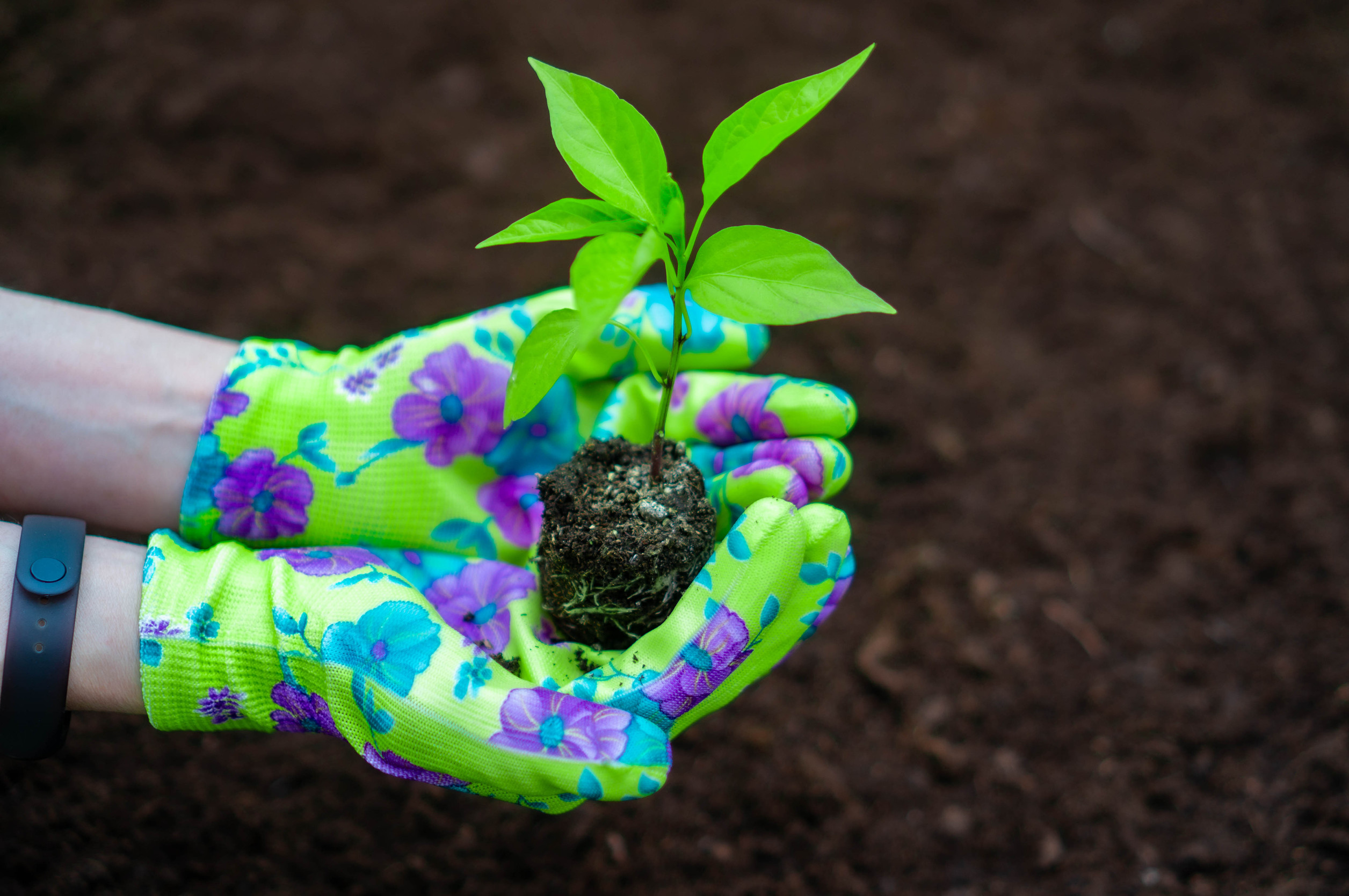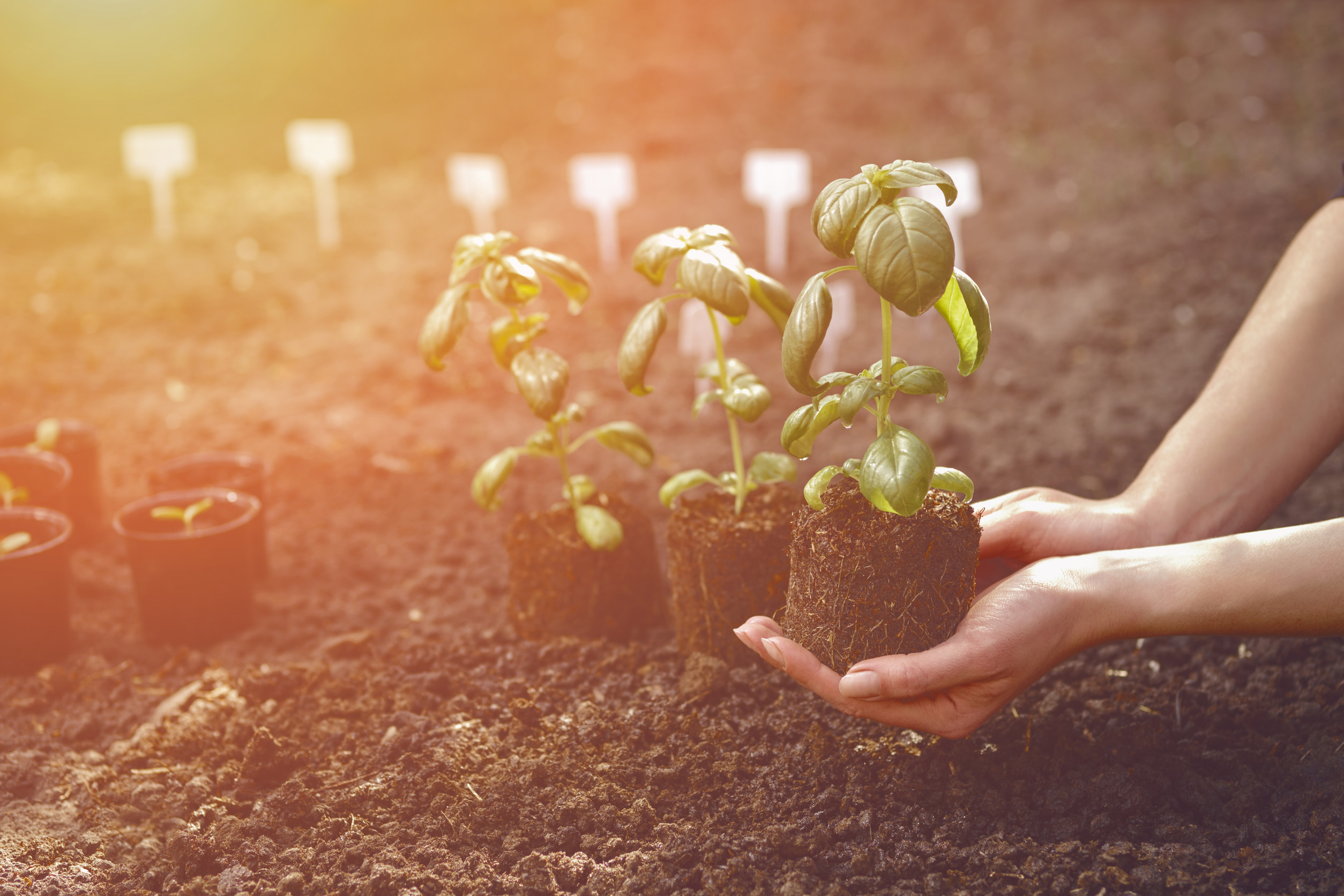
Image Source: 123rf.com
Growing plants from seed is a rewarding process, but it takes more than just patience—it requires timing and care at every stage. One of the most critical steps is knowing exactly when to transplant your seedlings into potting soil. Move them too early, and they may not survive the shock; wait too long, and their growth could be stunted. Transplanting at the right time helps ensure your plants are strong, healthy, and ready to thrive in their new environment. Here is how to recognize the perfect moment to make the move.
Understanding Seedling Growth Stages
Before you get started, you need to take the time to understand the growth stages of a seedling. There are certain things that need to happen before you transplant them into the ground. Here is a breakdown of the stages:
- Germination: The seed absorbs water, activates enzymes, and begins to sprout. You’ll also notice the first leaves sprouting during this stage.
- Root growth: The primary root system is established, anchoring the seedling and absorbing nutrients from water and the soil.
- Shoot emergence: The hypocotyl, the stem below the cotyledons, elongates, pushing the seedling towards the surface.
- Cotyledon Expansion: The first leaves develop. These provide initial energy to the plant until the true leaves form.
- True Leaf Formation: True leaves develop, enabling the seedling to start photosynthesis and produce its own food.
- Establishment: The seedling transitions from using stored energy to 100% relying on photosynthesis for energy.
- Continued Growth: The seedling continues to grow, which includes growing more leaves and a more established root system.
Signs Your Seedlings Are Ready
Now that you know what the stages of growth are, the next most important thing is knowing when your seedling is ready for transplantation. One of the key indicators is the appearance of the first true leaves. When the seedling has at least two to three sets of true leaves, they are usually strong enough to handle the move.
You might also check out the root system to determine if your seedling is ready. If you notice the plant has a robust root system, it is likely ready to make the move. To check this, gently lift the seedling to see if the roots are white and fibrous, filling the container, or starting to circle the base. All of these point to a root system that is ready to transplant.
Additionally, if the seedlings are becoming leggy or overcrowded, it’s a signal they need more space to grow.
Preparing for Seedling Transplant
You can’t just jump straight into transplantation, though. It’s important to prepare the seedlings and their new environment. You can do this by hardening off the seedlings. To harden them off, you can gradually expose them to outdoor conditions. This will help reduce the possibility of the plant going through shock. Just place them outside, slowly increasing the time they Hardening your seedlings can take about a week.
Before transplanting, it’s essential to prepare both the seedlings and their new environment. Start by hardening off the seedlings, which involves gradually exposing them to outdoor conditions to reduce shock. This process typically takes about a week and involves placing the seedlings outside for increasing periods each day. Simultaneously, prepare the potting soil and containers by ensuring they are clean and filled with a high-quality, well-draining soil mix. Proper preparation helps reduce stress on the seedlings during transplantation.
Seedling Transplant Techniques
When the seedlings are ready, follow careful seedling transplant techniques to ensure their survival. Begin by thoroughly watering the seedlings a few hours before transplantation to make them easier to remove. Gently loosen the soil around each seedling and lift it out, holding by the leaves, not the stem, to avoid damage. Place the seedling in a pre-dug hole in the potting soil, ensuring the roots are spread out and covered adequately. Firm the soil around the base and water thoroughly to settle the soil and eliminate air pockets.
Post-Seedling Transplant Care
With a seedling transplant, proper care is crucial to help seedlings adjust to their new environment. Water the seedlings regularly, keeping the soil consistently moist but not waterlogged. Place the containers in a location with appropriate light conditions for the specific plant species, gradually increasing light exposure if necessary. Monitor the seedlings for signs of stress, such as wilting or yellowing leaves, and address any issues promptly. Providing optimal care during the initial days post-transplant can significantly improve the chances of successful growth.
Timing Based on Plant Type

Image Source: 123rf.com
Different plant types may have specific timing requirements for transplantation. For example, fast-growing vegetables like tomatoes and peppers may be ready to transplant within four to six weeks of germination. In contrast, slower-growing plants like herbs and perennials might need more time to establish a strong root system before being moved. Researching the specific needs of each plant type can help determine the best timing for seedling transplant. Adapting your approach to the unique characteristics of each plant ensures better outcomes.
Common Mistakes to Avoid
Avoiding common mistakes can enhance the success rate of your seedling transplants. Here are some of the most common mistakes people make during this process:
- Transplanting seedlings too early, before they have developed sufficient roots or true leaves
- Handling seedlings roughly, which can damage delicate roots and stems
- Overwatering or underwatering newly transplanted seedlings can also hinder their growth
- Neglecting to harden off your seedlings
- Planting at the wrong time during the growth period
- Not checking the forecast to avoid extreme conditions
- Transplanting in the middle of a hot day
Get the Timing Right When Transplanting Seedlings!
Knowing when and how to transplant your seedlings from paper towels or trays into potting soil can make all the difference in their long-term success. By watching for key signs of readiness and handling the transition with care, you’ll give your young plants the best chance to thrive. Taking time to prepare the right environment and cater to each plant’s unique needs helps minimize stress and encourages strong growth. With a bit of attention and planning, your seedlings will flourish—setting the stage for a vibrant, healthy garden.
Read More:
Leave a Reply